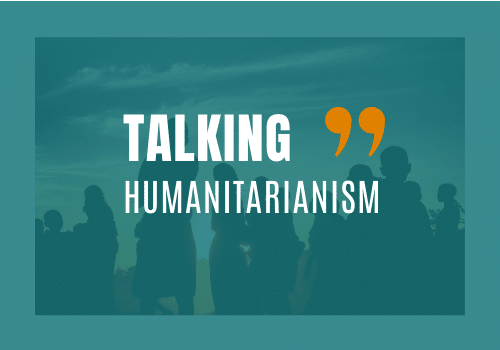
With COP27 underway in Egypt, tune into this latest Talking Humanitarianism podcast episode discussing energy politics in conflict-affected states.
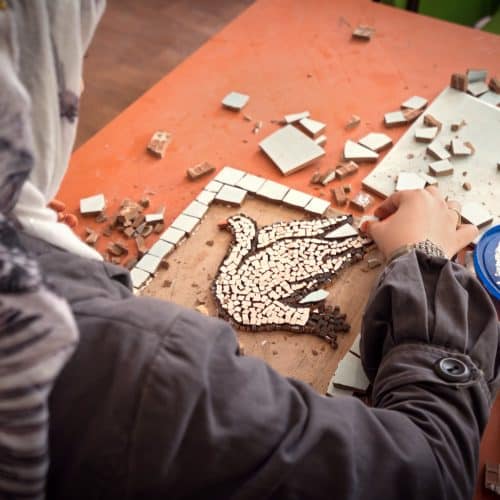
You can now view a recording of the recent webinar exploring the role of gender in humanitarian diplomacy.
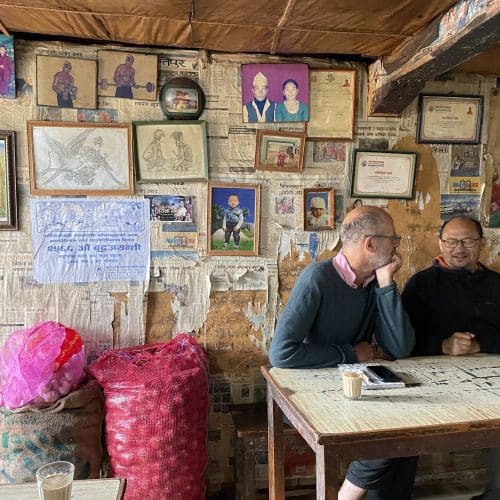
You are invited to this seminar unpacking the relationship between social, economic and environmental change and its impact on everyday life in Asia.

Tune into the first episode of the new ‘Humanitarianism and transitions to a low-carbon future’ podcast mini-series, with Ekatherina Zhukova (Lund University).

The NCHS is pleased to introduce Işınsu Acar, who will spend two months as part on an internship program in Bergen.
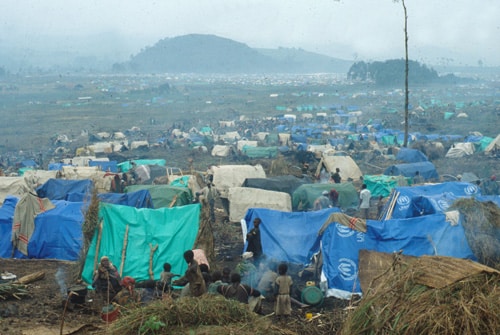
Latest book in the Worlds in Crisis: Refugees, Asylum, and Forced Migration series maps out actors and interactions in situations of forced displacement.
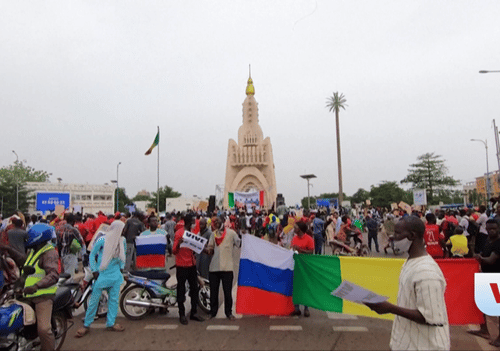
The humanitarian landscape in Sahel is deteriorating as the invasion of Ukraine indirectly exacerbates existing vulnerabilities. This PRIO policy brief examines the state of security in Sahel vis-à-vis new geopolitical realities presented by the conflict between Russia and NATO.

This PRIO paper offers an analysis of the global dataset on state-based conflicts, non-state conflicts, and one-sided violence between 1989 and 2021.

Exclusive tourism spaces have increased substantially in recent years. Scholars from various fields recently came together to examine the effects of these projects on humanitarian research and policy.
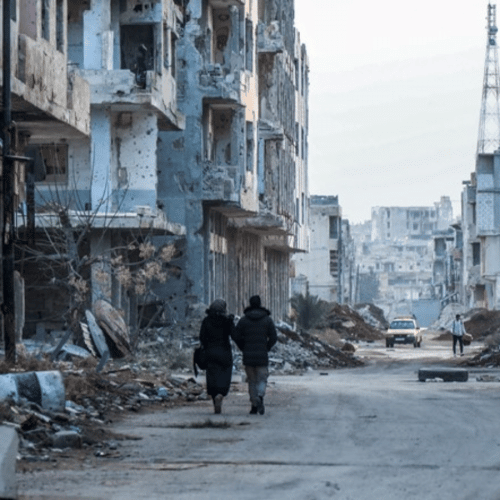
You are invited to join this forum hosted by Bergen Global, exploring the dynamics of gender and youth in leading rehabilitation and reconciliation efforts through drawing on post-conflict scenarios around the world.
A staggering 72 million children—17% of the 426 million children living in conflict areas globally, or 1 in 6—are living near armed groups that have been reported to perpetrate sexual violence against children. That means 3% of all children in the world are living at risk for sexual violence in a conflict zone.
This is one of the figures of wartime risk reported in Save the Children’s 2021 report ‘Weapon of War: Sexual Violence Against Children in Conflict’. The figure is based on a new study conducted at the Peace Research Institute Oslo (PRIO).
concerning upward trend
This background study not only reveals an alarming reality, it identifies a concerning upward trend. This is a global problem that requires urgent attention. There are too few studies focusing on this problem or systematically documenting how children are victimized by sexual violence – directly or indirectly, how prevalent this is, and what the consequences are.
Globally, we estimate that in 2019 about 426 million children lived in a conflict zone, 50 kilometers or closer to violent conflict events. In some of these conflicts, the armed actors commit acts of sexual violence. A large majority of the conflicts with reports of sexual violence in recent years also have reports of children among the victims/survivors of sexual violence by armed actors.
The Sexual Violence in Armed Conflict (SVAC) dataset provides systematic data on the reported prevalence of sexual violence, and which conflict actors have been reported to commit sexual violence against children. The updated SVAC data covers all armed conflicts in the years 1989-2019.
Due to data limitations we do not know exactly how many children have been victimised of sexual violence, only where it has been reported and how pervasive the problem seems to be. Based on this, and using specific information on the location and timing of conflict events and population density we estimate how many children live in areas where conflict actors commit sexual violence against children.
The figure of 72 million children reflects the specific risk associated with sexual violence by actors directly involved in armed conflict, and does not account for risk of sexual violence committed by other types of perpetrators, such as sexual violence by criminal gangs, peacekeepers, law enforcement, or domestic sexual violence.
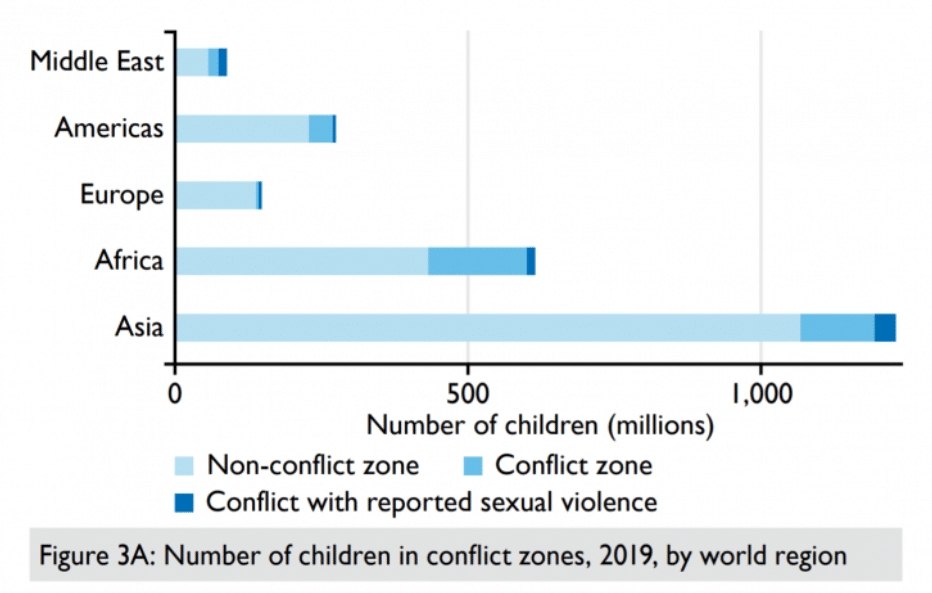
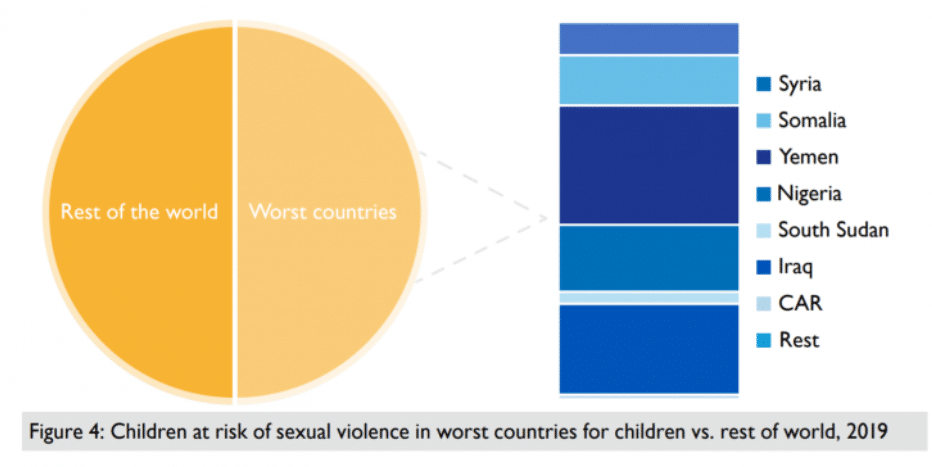
Sexual violence against children is a global problem that requires urgent attention. Policy makers, human rights defenders, and other actors need to devote more resources and dedicated attention to this vulnerable group of war victims to reduce the harm of war to children.
Specifically, we offer three recommendations:
As the child population at risk of wartime sexual violence seems to be increasing, the imperative to take action is more urgent than ever. As a member of the UN Security Council, and chairing the working group on Children in Armed Conflict, Norway now has a golden opportunity to contribute to this end. The Norwegian Minister of Foreign Affairs, Ine Eriksen Søreide, has promised to bring up the results from the report at the UN Security Council demanding that perpetrators of sexual violence in conflict be held accountable.